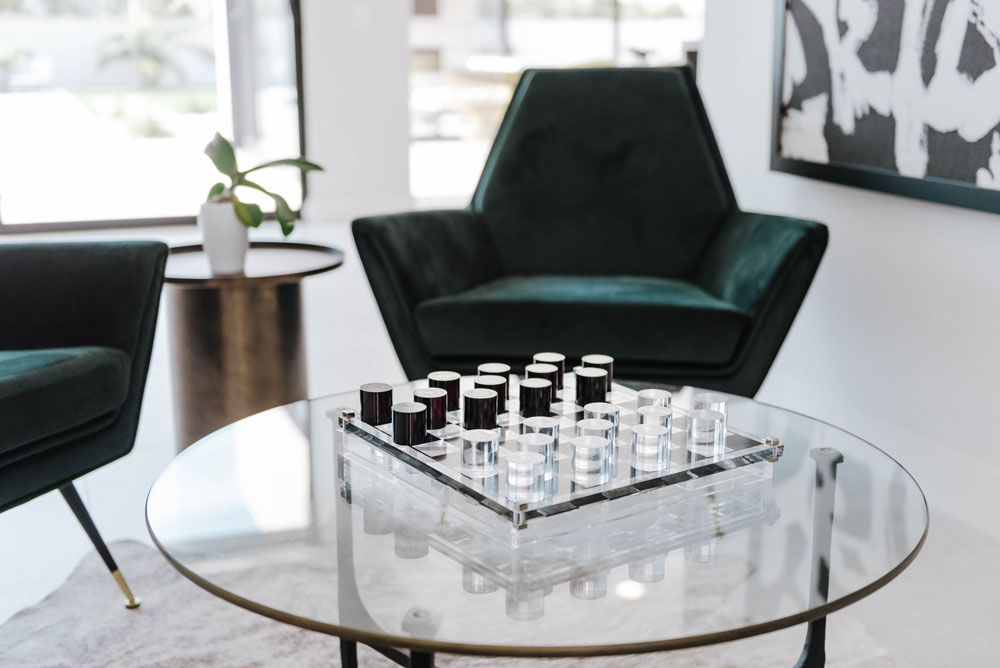In today’s world of compact living and evolving lifestyles, the ability to transform a single room into multiple spaces is invaluable. Charles Taylor, a respected voice in interior design, shares his expertise on creating multi-functional spaces that are both practical and stylish.
“With urban living becoming increasingly common, designing spaces that adapt to various needs is essential,” says Charles Taylor. “A well-thought-out multi-use space can significantly enhance both functionality and comfort.”
Key Strategies for Multi-Functional Design
Charles Taylor emphasizes these core principles:
- Dual-Purpose Furniture: When space is at a premium, furniture that serves multiple roles is crucial. Sofa beds, foldable desks, and storage ottomans are prime examples.
- Vertical Space Utilization: Don’t overlook the potential of your walls. Tall bookshelves, wall-mounted racks, and fold-out tables can free up valuable floor space.
- Zoning Your Space: Even in a multi-functional room, creating distinct zones is vital. Area rugs, strategic furniture layouts, and even curtains or sliding doors can define different activity areas.
- Adaptable Lighting: Lighting plays a significant role in setting the mood and functionality of a space. Task lighting, ambient lighting, and accent lighting, all with dimming options, are essential.
Additional Expert Advice
Charles Taylor offers these supplementary tips:
- Multipurpose Rooms: Design rooms that can seamlessly transition between functions, such as a guest bedroom that doubles as a home office.
- Modular Furniture: Invest in pieces that can be easily rearranged to accommodate various activities.
- Hidden Storage: Utilize furniture with hidden storage compartments to keep clutter at bay.
- Multi-Functional Décor: Choose decorative items that serve a purpose, such as baskets for storage.
“Designing for multi-functional spaces is about optimizing available square footage,” concludes Taylor. “By incorporating dual-purpose furniture, utilizing vertical space, creating zones, and implementing adaptable lighting, you can create a flexible and functional environment.”


0 Comments